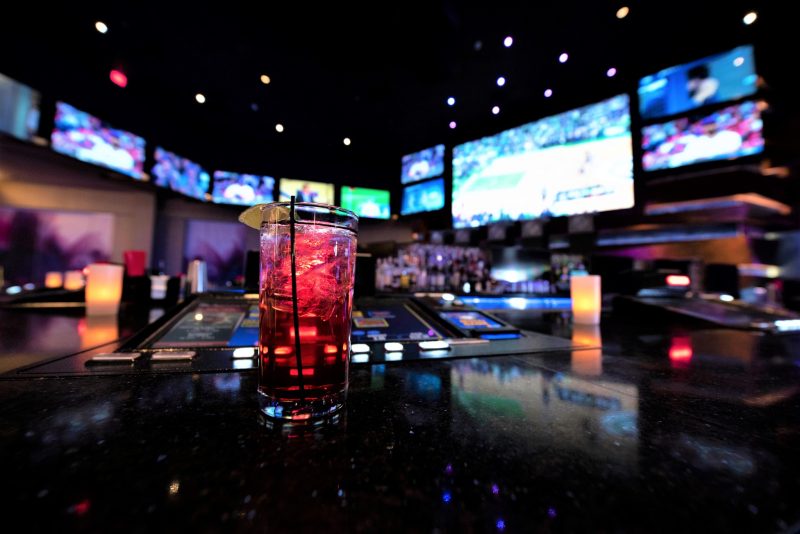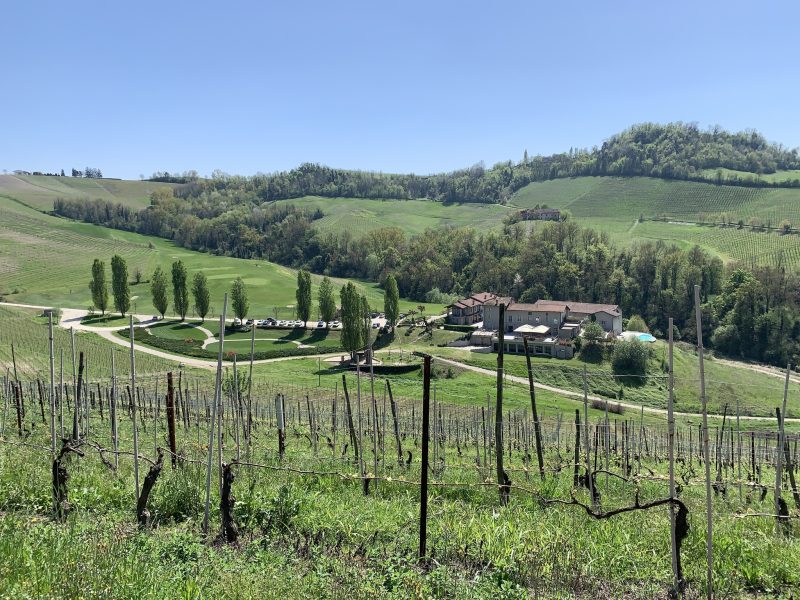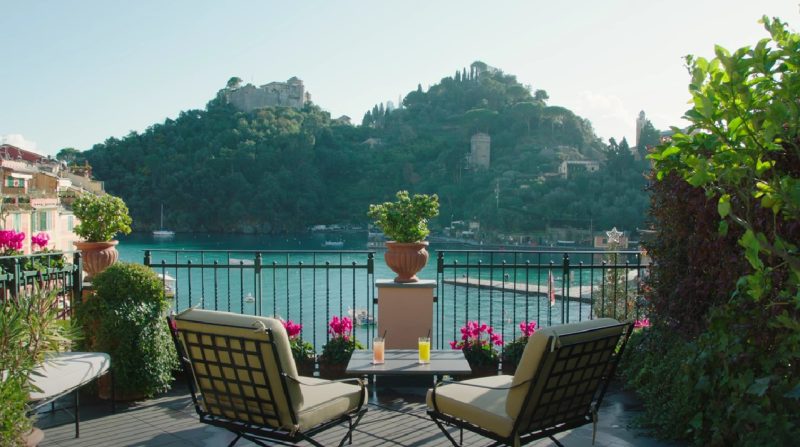Just because it’s cold outside does not mean you have to hunker down inside. To the contrary, the wintertime is a totally acceptable time of the year to enjoy cold-weather adventures. You just have to know where to go. And be prepared with the right gear
That’s the goal of this article – to share with you some of the best skiing, snowboarding, and winter camping spots we know about. Then, at the end, we’ll share a list of some of our cold-weather must-have items for adventuring outside.
Let’s get into it!
Skiing and Snowboarding
When we think about the best skiing and snowboarding, we’re immediately drawn to two of the world’s biggest, most beautiful mountain ranges: the European Alps and the Rocky Mountains.
The European Alps
The Alps are Europe’s highest and most impressive mountain range. The Alps soar across the skyline, intersecting eight different European countries–Monaco, France, Switzerland, Italy, Liechtenstein, Germany, Austria, and Slovenia. Within those different countries, you can find some of Europe’s highest-quality and most exciting skiing and snowboarding terrain.
To get your skis pointed in the right direction, let’s look at three ski resorts from the Alps, focusing on France, Switzerland, and Italy.
French Alps: Chamonix

Chamonix is by far one of the most iconic skiing and snowboarding destinations in Europe. Located at the foot of Mount Blanc, Chamonix is known for its lengthy descents and world-class off-piste terrain.
Not interested in the big stuff? There are five other, more conventional ski resorts lower down in the valley that are suitable for everyone. But don’t forget to ride the world’s highest vertical ascent cable car to the summit of Chamonix’s Aiguille du Midi.
| Chamonix Stats | |
| Vertical Drop | 9,209 feet (2,807 meters) |
| Ski Area | 26,687 acres (108 km) |
| Terrain Parks | 3 |
| Resort Height | 3,395 feet above sea level (1,035 meters) |
| Summit | 12,604 feet above sea level (3,842 meters) |
| Terrain Types | Beginner: 20%Intermediate: 66%Advanced: 14% |
Swiss Alps: Verbier

Verbier is one of the world’s most prestigious ski resorts in the Alps. A total bucket list type of place. It’s the primary resort of four in Switzerland’s world-famous Four Valleys Region– La Tzoumaz, Nendaz, Veysonnaz, and Thyon.
In Verbier alone, you can experience some of the best on and off-piste ski runs anywhere. Add in the magnificent terrain of the surrounding three mountains, and you’ll realize why this place is so special.
| Verbier Stats | |
| Vertical Drop | 6,325 feet (1,928 meters) |
| Altitude Range | 4,593 – 10,918 feet above sea level (1,400 – 3,328 meters) |
| Ski Area | 410 km |
| Parks | 2 |
| Resort Height | 4,921 feet above sea level (1,500 meters) |
| Summit | 10,918 feet above sea level (3,328 meters) |
Italian Alps: Cervinia Ski Paradise

Cervinia is a high-altitude and beautiful ski resort on the Italian side of the Matterhorn, also known as Monte Cervino in Italian. It’s a mecca for beginner and intermediate skiers. It’s mostly comprised of groomed intermediate runs and is great for stacking mileage in the big mountains.
Cervinia is linked with the Swiss Resort of Zermatt via the Matterhorn Link. That’s good news for expert skiers because Zermatt is loaded with more advanced terrain and steeper runs. Between these town mountain resorts, you can enjoy 88,957 acres (360km) of pistes in Europe’s highest mountains.
| Cervinia Stats | |
| Vertical Drop | 7,791 (2,375 meters) |
| Altitude Range | 5,000 – 12,791 feet above sea level (1,524 – 3,899 meters) |
| Ski Area | 8,895 acres (360 km) |
| Terrain Parks | 2 |
| Resort Height | 6,725 feet above sea level (2,050 meters) |
| Summit | 12,791 feet above sea level (3,899 meters) |
| Terrain Types | Beginner: 21%Intermediate: 62%Expert: 17% |
The Rocky Mountains
Now that we’ve finished up our Euro ski trip, let’s turn our attention to North America, specifically, the world-famous Rocky Mountains. The Rockies are another massive mountain range that stretches over 3,000 miles from Western Canada at its northernmost point, clear across the United States into New Mexico at the southern end.
Due to the Rockies’ impressive size, we couldn’t possibly include all the fantastic skiing and snowboarding in one list. So, to keep things simple, let’s drop into two of the best ski resorts on the Canadian and American sides of the border.
Canadian Rockies: Kicking Horse Mountain Resort, Golden, Canada

If you like skiing deep powder in big mountains, there’s no better place in the Canadian Rockies than Kicking Horse. It’s true, this place might not be ideal for families, but the powder hounds will find themselves in heaven.
Why? Because less than half of the terrain at Kicking Horse is groomed. That means the vast majority of the terrain is deep, baby! And once you take the Golden Eagle Express Gondola or the Stairway to Heaven Chair to the top, you’ll see why Kicking Horse is so well known for its long, steep descents.
| Kicking Horse Stats | |
| Vertical Drop | 4,314 feet (1,315 meters) |
| Ski Area | 3,486 acres |
| Resort Height | 3,904 feet above sea level (1,190 meters) |
| Terrain Types | Beginner: 20%Intermediate: 20Expert: 60% |
American Rockies: Jackson Hole, Wyoming, USA
Jackson Hole is located within the Teton Range, smack dab in the middle of the American Rockies. It’s one of the USA’s most impressive ski resorts, comprised of two interconnected ski areas, the minor Apres Vous Mountain and the major Rendezvous Mountain.
| Jackson Hole Stats | |
| Vertical Drop | 4,137 feet (1,261 meters) |
| Altitude Range | 6,312- 10,441 feet above sea level (1,924-3,185 meters) |
| Terrain Parks | 6 |
| Resort Height | 6,312 feet above sea level (1,924 meters) |
| Terrain Types | Beginner: 10%Intermediate: 40%Expert: 50% |
Between the minor and major Apres Vouse Mountain ski areas, Jackson Hole offers it all. There are groomed on-piste routes, perfect for beginners, shreddable ungroomed tree glades, and technical black diamond runs for the experts.
If you really feel like getting after it and have the skills, Corbet’s Couloir is one of the resort’s most sought-after ski runs and the launchpad for Jackson’s wildest ski and snowboard competition.
Winter Camping

Not into the fast-paced and adrenaline-inducing parts of skiing and snowboarding? Or maybe it’s the hefty price tags for lift tickets that scare you away. That’s okay. We have something else for you that’s slower paced (and maybe more affordable)– winter camping.
Winter camping is camping in cold weather, typically somewhere below 50 degrees Fahrenheit. Some people will even go camping in freezing temperatures with snow!
Where Do You go for Winter Camping?
Winter camping is not about where to go. It’s about when to go. Have a favorite campsite or campground? Try camping there in the winter. You might prefer the weather. And there will definitely be fewer people around.
However, some seasonal campgrounds do shut down in the winter. So double-check before you pack the car.
If you’re looking for a snowy, winter wonderland, try camping in higher elevations in the mountains or a National Forest. On the other hand, desert environments and low elevations are also perfect winter destinations because the temperatures are mild.
Cold-Weather Gear

While winter camping might sound intimidating for some folks, it’s important to consider that winter camping is one of the best ways to experience nature. I mean, who doesn’t love a serene winter wonderland or picturesque desert landscape, right?
However, it shouldn’t be underestimated! There are clearly some additional hurdles to overcome for winter camping compared to warm-weather camping, especially when it comes to staying warm.
Appropriate clothing, shelter, and a heat source are must-haves!
For that reason, we want to share some of our favorite cold-weather gear that keeps us warm and happy, no matter if we’re out on a gondola ride in the Alps or tucked into a beautiful campsite surrounded by snow-covered evergreen trees.
- Hand warmers: You can never have too many!
- Wool base layers: Your base layer of clothing is the first layer of defense against cold weather. Wool is best because it’s warm and moisture-wicking. Avoid cotton clothing.
- Neck buff: A buff or scarf is so versatile for keeping your neck, face, and ears warm!
- Waterproof boots: Whether you’re in the snow or not, well-insulated and waterproof boots are critical for cold-weather camping.
- Four-season tent: A four-season tent is designed with heavier-duty materials to be utilized in the winter.
- Headlamp: Days are shorter and nights are longer in the winter, so headlamps are essential. Plus extra batteries!
- Gloves: Having a lightweight pair of gloves and a heavyweight (also waterproof) pair is the best.
- Camp stove and fuel: Gas or wood burning doesn’t matter. You just need a reliable heat source for cooking food and making hot drinks like tea and coffee.
- Sleeping bag: Outside can be miserable, but inside your sleeping bag can be heaven! Make sure that the temperature rating for your sleeping bag is warm enough for the environment you plan on camping in.
- Snowshoes: If you’re traveling through deep snow, having snowshoes will significantly improve your camping.
Don’t let the shorter days and longer winter nights get the best of you! Bundle up, strap on those skies or snowshoes, and get out there. You won’t regret it!











